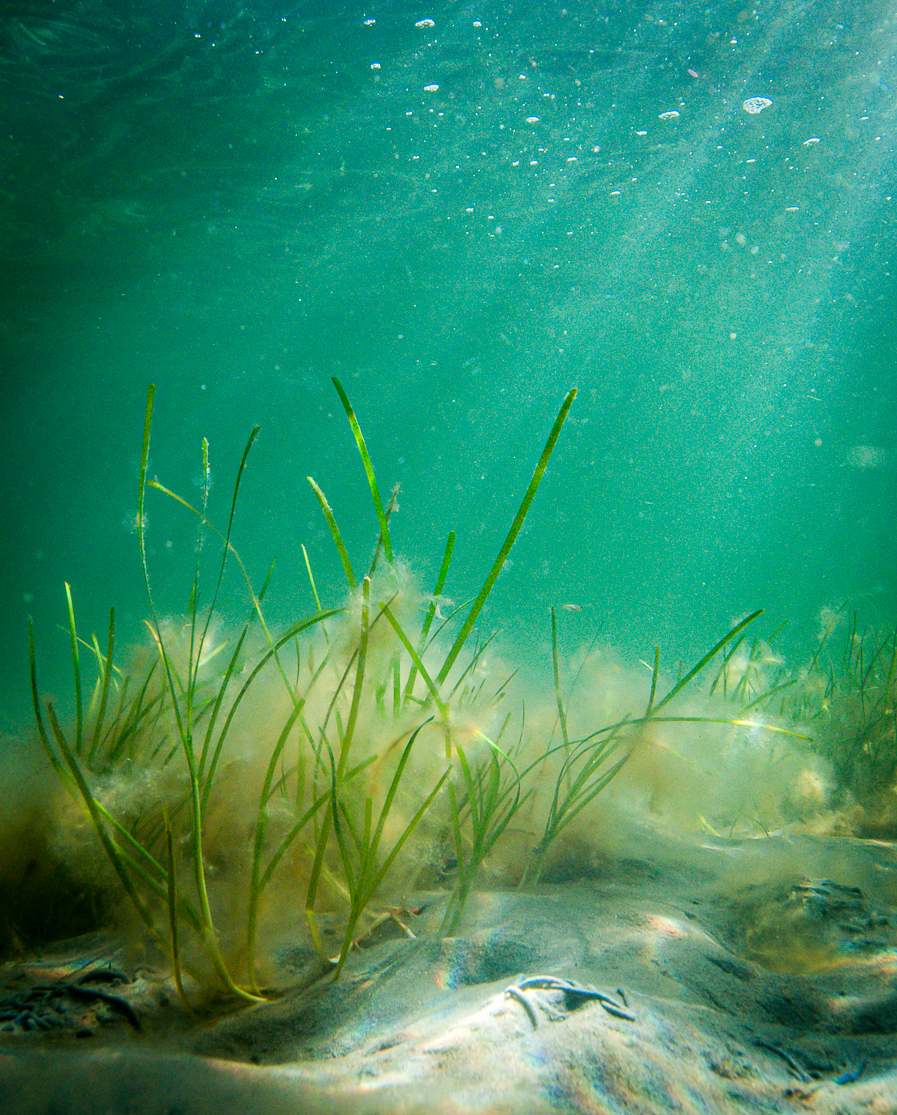ABSTRACT
Seagrass meadows serve as nursery and permanent habitats for numerous fish species. Their ability to provide these essential ecosystem services is strongly influenced by their structural complexity. However, the rapid loss of seagrass over recent decades has promoted restoration efforts aimed at recovering meadows and their associated ecological functions.
This study assesses the restoration progress of habitat structural complexity and fish communities in two replanted Zostera marina meadows, comparing them to the inner and edge areas of reference natural meadows and unvegetated sandy areas. Eelgrass habitat structural complexity was assessed from seagrass samples collected to estimate shoot densities, shoot biomass, and canopy height of the meadows. Fish communities were assessed using two methods: diver-operated stereo-video transects, and traditional underwater visual census, testing the efficiency of both techniques.
Results indicated that structural complexity was statistically lower in the 2-year replanted area (Askeron) compared to the reference meadow, but in the 4-year replanted area (Gåsö) no significant differences were observed between the restored and reference meadows. However, none of the sites presented significant differences in total fish density and biomass values across habitats, including the sand. While in Askerön the taxonomic richness and community composition across habitats was also similar, in Gåsö there were significant differences.
Despite rapid eelgrass development after plantation, the natural presence or replanting of Z. marina does not necessarily imply an increase in the associated ecosystem services compared to unvegetated habitats, as observed in this study for the habitat function for fish.
DOI: 10.1002/aqc.70092











